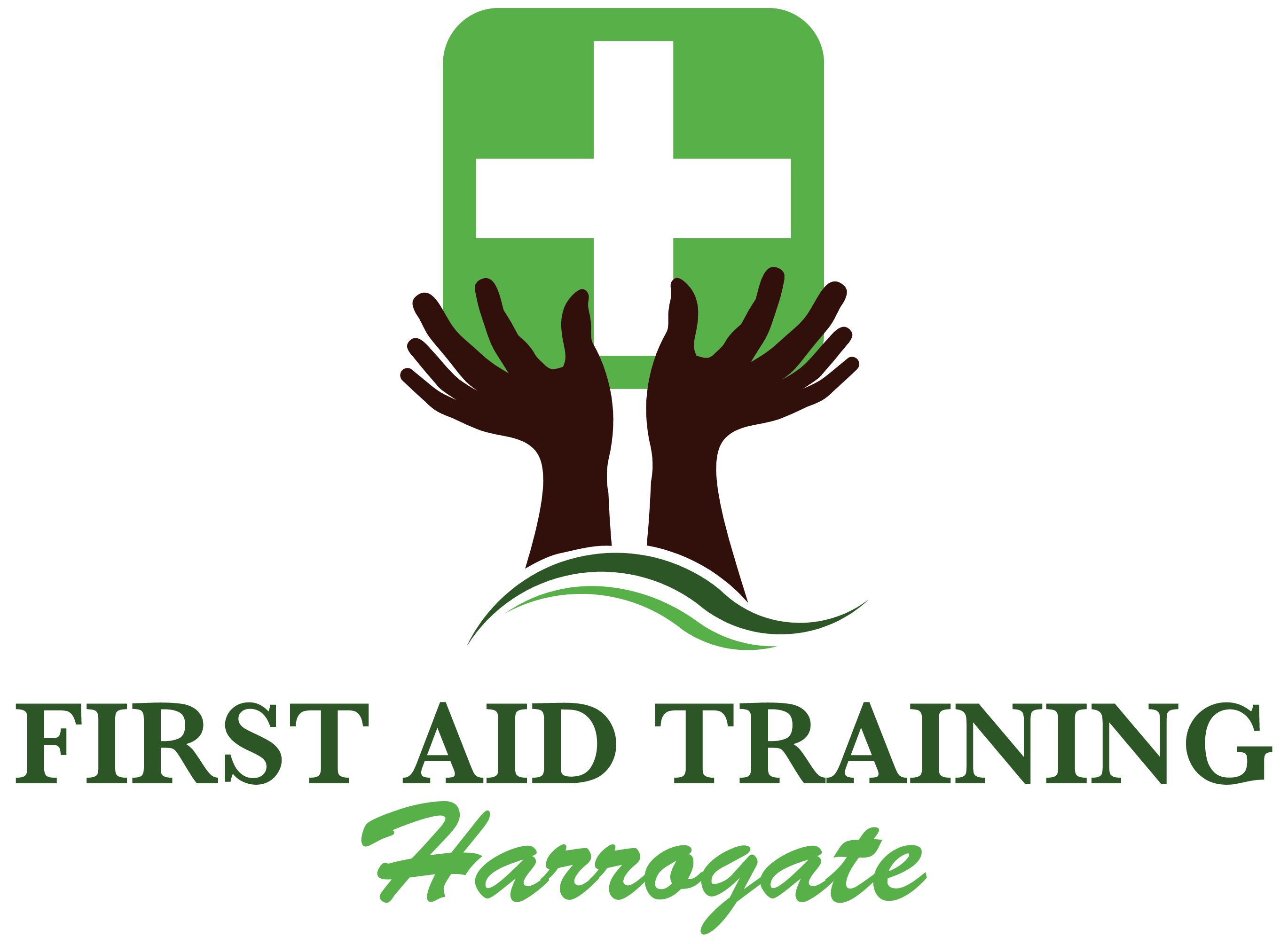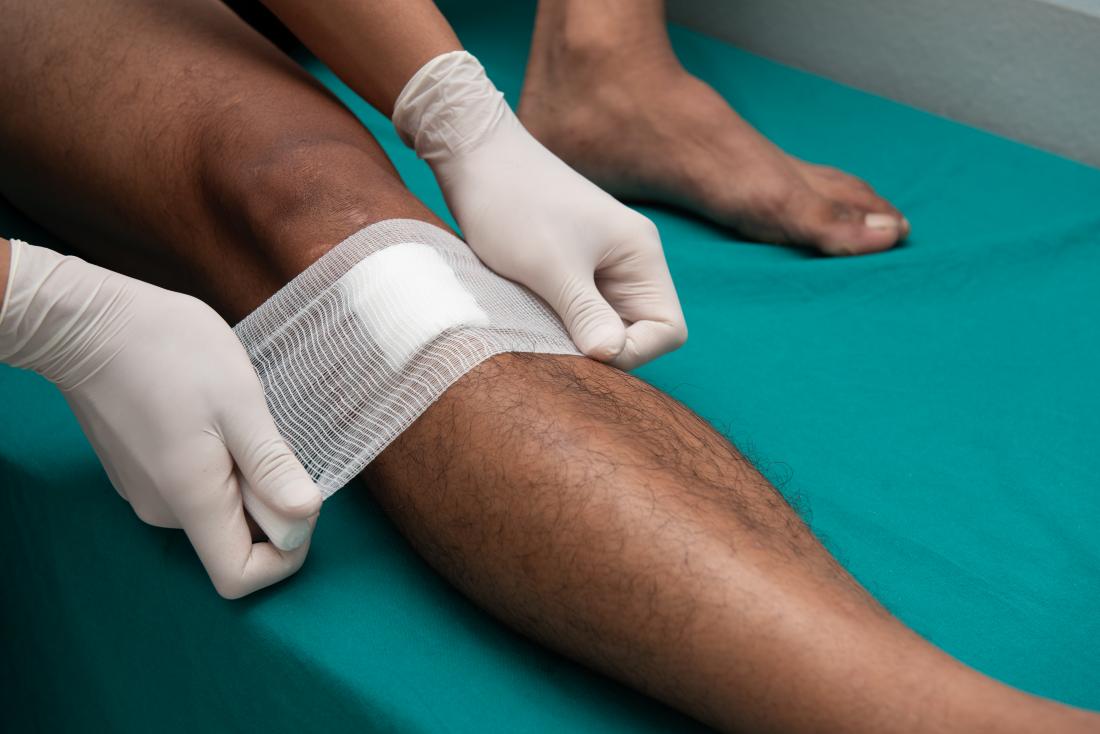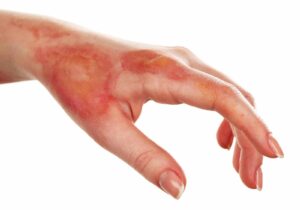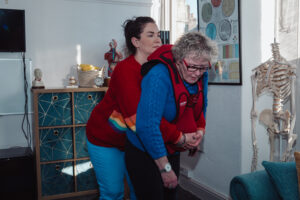Cuts and grazes are common injuries that are often minor and can usually be treated at home to heal by themselves.
A cut occurs when the skin is fully broken, leading to a bleed. Whereas a graze occurs when only the top layers of skin are scraped and not completely broken. Either way, cuts and grazes are both classed as wounds and should be treated to avoid further complications and infections.
Stopping the bleeding, cleaning the wound and covering it are important first aid procedures. This process ensures that the injured area is protected and doesn’t become infected in the future.
Stopping the bleeding
Before applying dressing to a wound, you need to ensure that the blood flow is stopped. You should apply pressure to the wounded area using a clean and absorbent material. This could be a cloth, a bandage or a towel, for example. You should keep applying pressure for several minutes and then assess whether the bleeding is stopping. If not, keep applying the pressure again until it does.
If the wound is on the hand or arm, you can lift the affected area high above the head area – this will help to reduce the flow of blood. Similarly, if the injury is to a limb in the lower body, you should lie the person down and raise the affected area up to be higher than the level of their heart.
Cleaning the wound
When the bleeding has stopped, the next stage is to make sure that it is thoroughly cleaned to prevent infection.
You should:
- Wash your hands and dry them well
- Wash the wound by holding it under cool running water. This should be clean, drinking-quality water
- Once clean, dry the area with a clean towel
Applying a plaster or adhesive dressing
A plaster is a type of small adhesive dressing that is made from a small piece of gauze with sticky tape around the edges and side, which sticks to the skin. It is ideal to dress wounds that are small enough that they do not require a sterile pad or full-size bandage.
Plasters come in all different shapes and sizes, as well as waterproof or skin-sensitive variations. A small proportion of people are allergic to adhesive plasters, therefore, ask the injured person before you apply one. Micropore is a good alternative for those who are allergic.
To apply a plaster to a wound, you should:
- Wash your hands and put on a pair of disposable, non-latex gloves
- Select a plaster that is just slightly larger than the wound. You might have to trim down a larger plaster if this is all you have
- Remove the wrapping from the plaster and hold it by the protective side strips with the gauze facing downwards
- Place the gauze directly on top of the wound, applying light pressure, and then pull away the adhesive side strips from each end of the plaster
- Assess that the plaster is in place and secure
Applying a sterile pad or gauze
Once the wound is clean, it’s time to apply a protective barrier over it to keep it safe. This is often referred to as a dressing.
To apply a dressing, you should:
- Wash your hands and put on a pair of disposable, non-latex gloves
- Choose a dressing pad or plaster that is slightly larger than the wound you want to protect
- Hold the pad right at the edges, ensuring you don’t touch the part that will contact the wound
- Place the pad directly on top of the wound
- Secure it around the edges with sticky tape or a roller bandage
- Check that the dressing remains in place and is secure
Dressings need to be replaced on a regular basis, ensuring that the wounded area is kept clean, fresh and dry.
When to seek further medical help
There are some instances when a wound may need further medical attention. You should seek emergency assistance if:
- The wound won’t stop bleeding
- There is a foreign object embedded in the wound. For example, a piece of grit, wood or glass
- The wound was created by a human or animal bite
- You think that the wound might be infected
- You are unsure whether the casualty has been immunised against tetanus
- The wound is wide or gapping and you’re not sure whether they need stitches or sutures
In each of these cases, you should ensure the person attends the A&E department of the nearest hospital or the minor injuries unit (there’s one at Wharfedale hospital in Otley or at Ripon and district community hospital).
When to call the emergency services
In cases where the wound is large, or if a person loses a lot of blood, they may become unresponsive.
In this instance, you should ask a helper to call 999 or 112 for emergency help, while you perform CPR. You should give ambulance control details of where the wound is and the extent of the bleeding.
Continue performing CPR until the ambulance arrives.








